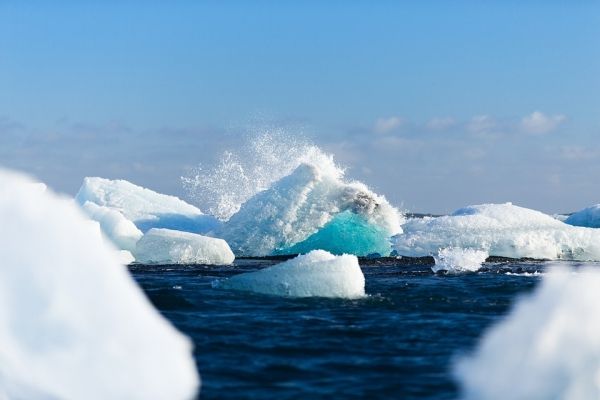While the eastern United States and large parts of Europe suffered through a long, cold winter, temperatures were nothing short of balmy over much of the Arctic. The North Pole experienced above-freezing weather in February, temperatures over the Arctic Ocean were as much as 13 degrees Fahrenheit above average from December into early March, and sea ice melted back to its second-lowest annual maximum extent since the satellite record began in 1979.
For Mark Serreze, director of the National Snow and Ice Data Center, these Arctic heat waves have become depressingly routine. First, there was year after year of high summer temperatures and melting sea ice. Now, in the past few years, winter itself has been faltering over the once-frozen Far North. “What’s happening over the past four winters with these heat waves, I have never seen anything like it in my life,” says Serreze, a geographer and sea ice expert who has worked in the Arctic for 36 years.
In an interview with Yale Environment 360, Serreze discusses how he and his colleagues gradually began to accept that human carbon emissions were radically altering the Arctic; talks about the huge environmental, cultural, and geopolitical implications of a warming Arctic; and describes the shock of witnessing the stunning transformation of the region in his professional lifetime. “The thing is, when you’re thinking about the Arctic, the Arctic’s soul is its ice,” says Serreze, author of the new book Brave New Arctic: The Untold Story of the Melting North. “When you lose that ice, the Arctic loses its soul.”
Read more at Yale Environment 360
Photo Credit: Free-Photos via Pixabay


